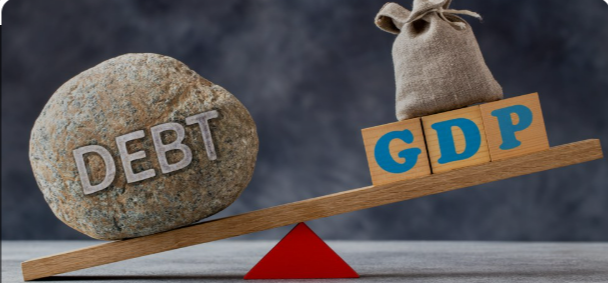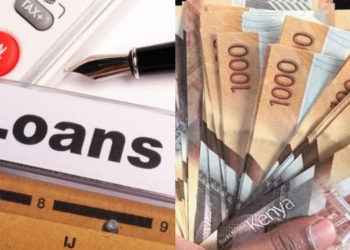Public debt is the total amount of money a government owes to external and internal creditors. It accumulates when the government borrows to finance spending that exceeds its revenue, often through loans, bonds and other credit instruments. As of 11th April 2025, Kenya’s public debt stood at KES 11.2 trillion raising concerns about sustainability and its impact on economic growth. The debt surge has largely been driven by major infrastructure investments, pandemic recovery spending and persistent budget deficits.
By the end of March 2025, domestic borrowing amounted to KES 731.6 bn. Serving this debt now consumes a significant portion of national revenue. Notably, the debt servicing cost came in at KES 1,085.8 billion which was equivalent to 63.8% of the actual cumulative revenues collected as at the end of March 2025. Interest payments and repayments reduce the funds available for critical areas like healthcare, education and infrastructure. The government is under pressure to find a delicate balance between funding development and managing fiscal discipline.
In response, the national treasury has implemented measures aimed at reducing the fiscal deficit. These include expenditure rationalization, better tax collection through digital platforms and restructuring of commercial debt. A key recent move was the partial buyback of the USD 900.0 million Kenya’s Eurobond which was maturing in May 2027. Consequently, Kenya issued a new USD 1.5 billion 11-year Eurobond to facilitate the buyback with the surplus of USD 0.6 billion aimed at financing other external debt, a move aimed at easing pressure on foreign reserves and investor sentiment. Though it increased short-term borrowing, the restructuring allowed Kenya to avoid a possible default and improved its standing with international markets. The Central Bank of Kenya has also played a supportive role maintaining monetary stability by keeping the central bank rate at 13.0% during the same period, which was crucial for managing the cost of borrowing. At the same time, Kenya’s pursuing concessional loans with more favorable terms, shifting away from expensive commercial borrowing.
Challenges still persist as public sector wage pressures, subsidies and underperforming state enterprises continue to weigh on the national budget. Transparency and accountability in debt usage remain key concern among economists and development partners. Experts argue that public debt is not inherently negative, if used wisely, it can stimulate growth and development. The focus, however, must be on productive use of borrowed funds, improved project implementation and effective governance.
Going forward, Kenya must strengthen public finance management, boost domestic revenue through improved tax compliance and broadening the tax base, and prioritize growth-driving sectors such as agriculture, manufacturing, and digital innovation. With disciplined reforms and strategic planning, the country can navigate its debt challenges and build a more resilient economy.


















